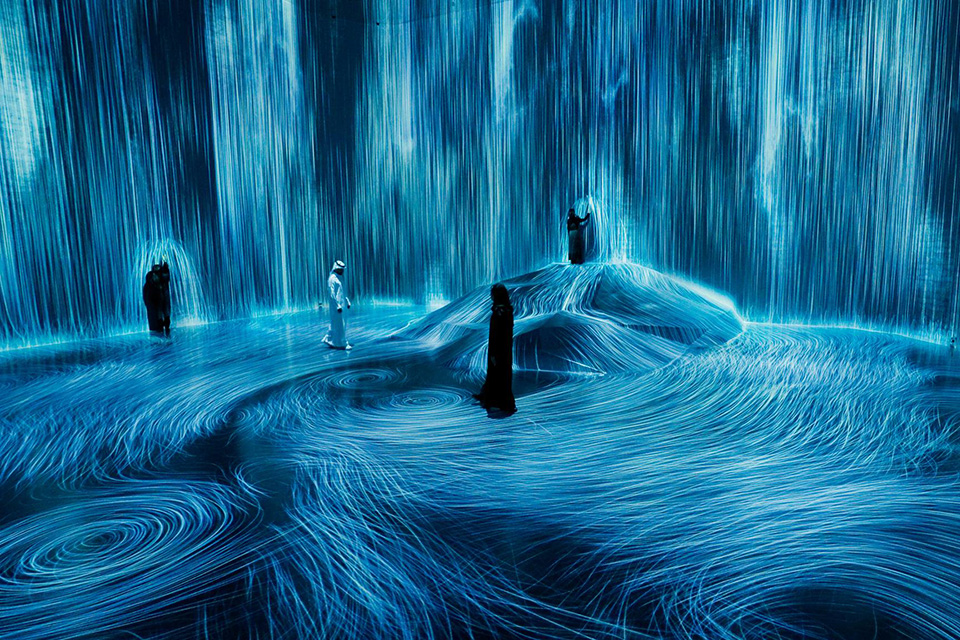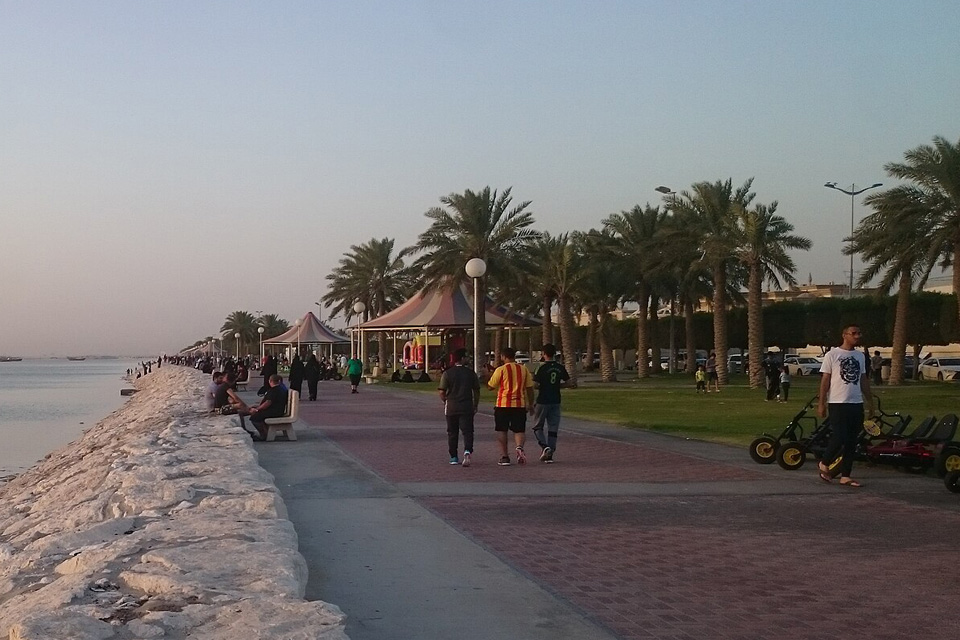- News
Al-Faw Named Saudi Arabia’s 8th UNESCO World Heritage Site
Al-Faw is known for its wealth of different ancient tools, rock carvings, trade routes, early water management system, and more.
Al-Faw has been officially recognized as one of the latest additions to the UNESCO World Heritage Site list. Al-Faw’s UNESCO World Heritage List inclusion is under the Cultural Properties category.
The archaeological area 650 kilometers southwest of Riyadh earned the recognition on August 3, Saturday. To find Al-Faw, visitors must go to the crux of the Tuwaiq mountain range and the Empty Quarter dessert.
More importantly, it is also home to approximately 12,000 archaeological remains. This spans the prehistoric era to the late pre-Islamic era, witnessing three different human populations.
Ancient civilizations and trade routes
Adding interest to the archaeological wealth of Al-Faw are various paleolithic and neolithic tools, rock carvings, and funerary cairns. Other finds include the mountain of Khashm Qaryah, an ancient water management system, and the ancient city of Qaryat Al-Faw.
Moreover, ancient civilizations used to live there as well, as far back as 6,000 years. According to UNESCO, Al-Faw played a key role in the ancient trade routes of the Arabic Peninsula. However, traders suddenly abandoned it around the fifth century.
In addition, UNESCO explained that people who used to live in Al-Faw had superb artistic skills. On top of this, the area also has roads that used to form bridges of trade caravans.
Interested tourists can stay at traditional guesthouses near Al-Faw. These feature local décor, cuisine, and a variety of cultural activities. Other stops tourists can include when visiting Al-Faw include Diriyah and At-Turaif, another UNESCO World Heritage site.
Al-Faw: Preserving national identity and heritage
Saudi Heritage Commission CEO said, “The addition of Al-Faw to the UNESCO list is a testament to the kingdom’s historical and cultural significance. It highlights our commitment to preserving and promoting our heritage.”
Meanwhile, Saudi culture minister and Royal Commission for AlUla governor, Prince Badr bin Farhan, considered it a Vision 2030 triumph.
“Kingdom’s deep historical roots and its leading role in preserving global human heritage, aligning with Saudi Vision 2030, which emphasizes the importance of national identity and heritage,” he remarked.
In addition, he also noted that Saudi Arabia comprehends the importance of preserving Al-Faw and of educating the world about it.
About UNESCO
Currently, there are eight other UNESCO World Heritage Sites in Saudi Arabia apart from Al-Faw. These include Al-Hijr (2008), At-Turaif in Diriyah (2010), Historic Jeddah (2014), and the Rock Art in the Hail Region (2015). Other sites are the Al-Ahsa Oasis (2018), Hima Cultural Area (2021), and Uruq Bani Maarid Protected Area (2023).
The acronym UNESCO stands for the United Nations Educational, Scientific and Cultural Organization. It has offices in 54 countries and provides jobs for 2,300 individuals.
It’s important to note that UNESCO looks after over 2,000 UNESCO World Heritage sites and networks of creative, learning, inclusive, and sustainable cities. It also supervises 13,000 associated schools, training and research institutions, and university chairs.
In line with this, UNESCO World Heritage Site applicants must provide “outstanding universal value.” Accordingly, it must also meet at least one out of 10 selection criteria.
Photos: X/MOCHeritage






